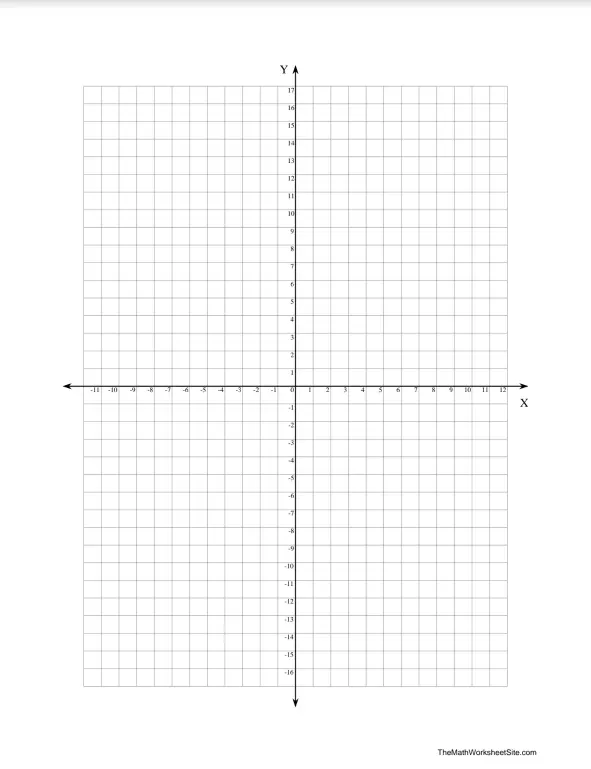The Blank Coordinate Plane is a graphing tool that features two perpendicular lines: the x-axis (horizontal) and the y-axis (vertical). These axes intersect at a point known as the origin, which is marked as (0, 0). These axes divide the plane into four quadrants, allowing for plotting points based on their x (horizontal) and y (vertical) coordinates. The coordinate plane grid includes positive and negative values depending on the range needed for specific mathematical tasks.
This graphical tool is essential in mathematics for visualizing and solving problems involving coordinate geometry, functions, and equations. It is used extensively in algebra, calculus, and other areas of advanced math to plot points, lines, curves, and shapes. Teachers, students, and professionals use blank coordinate planes to create graphs that help understand relationships between variables, solve equations graphically and analyze functional behaviors.
Other PDF Forms
Check out various PDFs accessible for editing through our software. Additionally, do not forget that you can actually upload, fill out, and edit any PDF at FormsPal.
How to Make a Graph by Coordinates?
As noted earlier, using the coordinate plane and the main points, you may make a graph of the function and solve mathematical equations. To do this, you must have known the coordinates. Suppose there are two of them (4; 6) and (-3;-5). Follow the steps of making the graph, and you will succeed:
- Find the first point from the known data.
- Move to the right on the x-axis to the number four.
- Follow the vertical y-axis and move up to the number six.
- Determine the intersection point of these numbers.
- Write the coordinates next to the received point.
- Do the same with the second known x-coordinate and y-coordinate.
- Connect through the found coordinates. Your graph is ready!
By the way, such a function is called linear. It is the simplest function of all other algebraic ones. For instance, the most commonly used one is the quadratic function, and its graph is called a parabola. There is also a power function. In a linear system, x-coordinate is an independent variable, but y-coordinate is a dependent one. It is usually denoted as follows: y = kx+m, where (k) and (m) are some numbers. In general, nothing complicated! Try to remember the foundation of these graphs and their designations.
Areas of Use
Coordinate systems permeate the entire practical life of a person. In our speech, you may have heard this phrase more than once: “Give me your coordinates.” What does this expression mean? The interlocutor asks you to write down your address or phone number. Each person has situations when it is necessary to determine the location.
Coordinates surround us everywhere:
- to take your place in the cinema, you need to know two coordinates
- a system of geographical coordinates (parallels and meridians)
- in the game “Sea Battle,” where each cell on the playing field has two coordinates
- using the coordinate grid pilots, sailors determine the location of objects
- building diagrams of DNA molecules
- creating a graph of supply and demand, with a graphical representation of different dependent quantities.
In general, the scope of this universal system is diverse. Thus, the coordinate plane is not difficult to understand. This convenient system allows you to navigate the terrain and solve many mathematical tasks.
